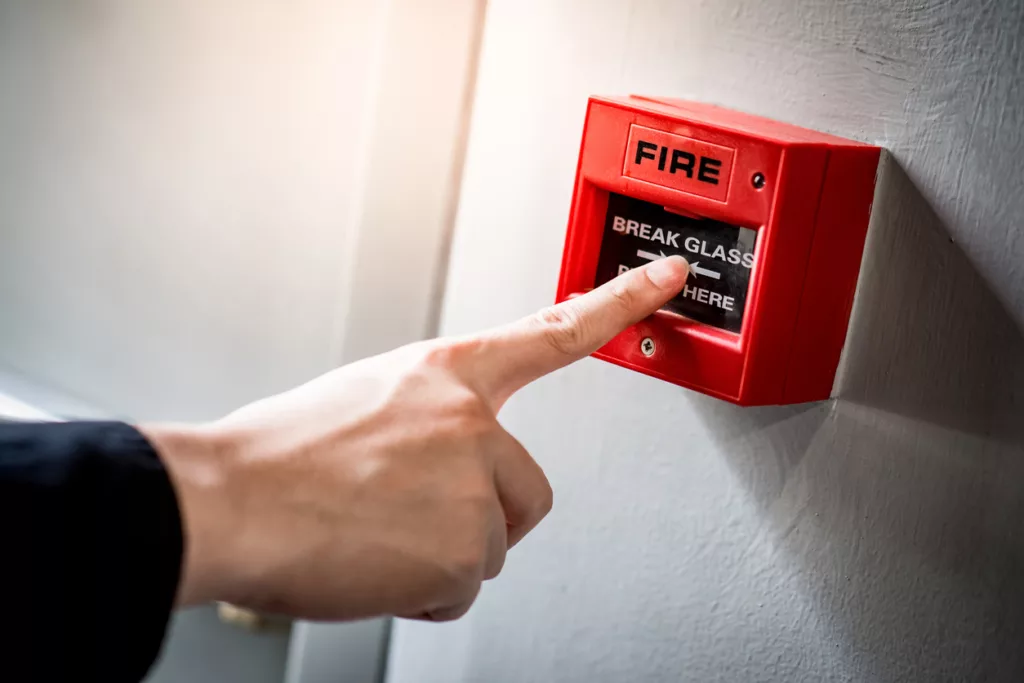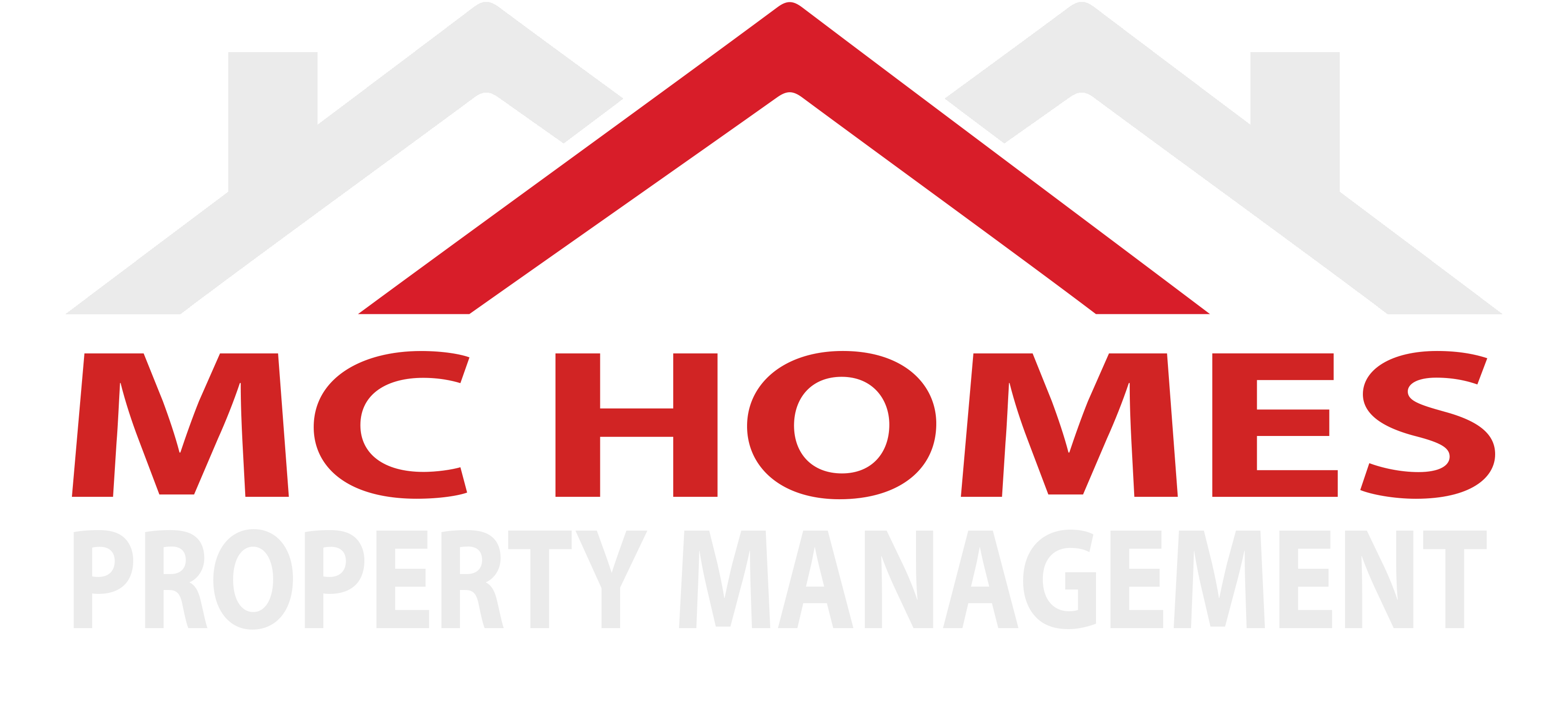6 Essential HOA Fire Safety Best Practices for a Secure Community

Introduction: Fire safety is a critical concern for homeowners’ associations (HOAs) aiming to ensure the safety and well-being of their residents. Implementing effective fire safety practices within a community can significantly reduce the risk of fires, protect lives, and preserve property. In this article, we will focus on high SEO search keywords related to HOA fire safety best practices and highlight six essential measures that every HOA should consider implementing.
- Robust Fire Prevention Education: a. Resident Awareness Programs:
- Conducting regular fire safety awareness sessions for residents
- Educating homeowners on fire prevention measures and potential hazards
- Providing guidelines for safe usage of appliances and equipment
b. Smoke Detector Installation:
- Ensuring every residential unit is equipped with working smoke detectors
- Establishing a regular testing and battery replacement schedule
- Educating residents about the importance of maintaining functioning detectors
- Fire Extinguisher Placement and Training: a. Adequate Fire Extinguisher Coverage:
- Installing fire extinguishers in common areas, including hallways and recreational facilities
- Placing extinguishers near high-risk areas such as kitchens, laundry rooms, and mechanical rooms
- Ensuring extinguishers are easily accessible and regularly inspected for usability
b. Resident Training Programs:
- Conducting fire extinguisher training sessions for residents and staff members
- Teaching proper usage techniques and emphasizing the importance of swift action during emergencies
- Displaying clear instructions near extinguisher locations for quick reference
- Regular Fire Safety Inspections: a. Common Areas and Facilities:
- Conducting routine inspections of common areas, including hallways, stairwells, and parking structures
- Identifying and addressing fire safety hazards such as blocked exits, damaged electrical wiring, or flammable materials
- Ensuring emergency lighting and exit signs are functional and well-maintained
b. Individual Units:
- Encouraging residents to conduct periodic fire safety checks within their homes
- Inspecting units for potential fire risks, such as overloaded electrical outlets or improper storage of flammable materials
- Providing residents with guidelines and resources to address identified issues
- Emergency Preparedness and Evacuation Plans: a. Developing Evacuation Procedures:
- Establishing clear evacuation routes and assembly points for residents and staff members
- Posting evacuation maps in common areas and distributing them to residents
- Conducting regular evacuation drills to ensure preparedness and identify areas for improvement
b. Emergency Communication Systems:
- Installing reliable communication systems such as intercoms or mass notification platforms
- Establishing protocols for emergency communication and disseminating important updates to residents
- Maintaining up-to-date contact information for residents and emergency services
- Fire-Safe Landscaping and Exterior Maintenance: a. Fire-Resistant Plants:
- Selecting fire-resistant vegetation and landscaping materials for common areas
- Regularly pruning and maintaining plants to prevent overgrowth and accumulation of dry debris
- Creating defensible space by keeping vegetation away from buildings and common areas
b. Exterior Maintenance:
- Ensuring buildings have fire-resistant exteriors and properly maintained fire exits
- Regularly inspecting and repairing fire sprinkler systems, hydrants, and fire alarm systems
- Removing flammable debris and maintaining clear access for emergency vehicles
- Collaboration with Fire Authorities: a. Establishing Partnerships:
- Building relationships with local fire departments and authorities
- Inviting fire professionals to conduct training sessions and provide expert advice
- Collaborating on community-wide fire safety initiatives and programs
b. Compliance with Fire Codes and Regulations:
- Staying up-to-date with local fire codes and regulations
- Conducting regular inspections to ensure compliance with fire safety standards
- Addressing any violations promptly and working towards timely resolutions
Conclusion: Implementing these six HOA fire safety best practices is crucial for creating a secure and fire-resistant community. By prioritizing fire prevention education, proper fire extinguisher placement, regular inspections, emergency preparedness, fire-safe landscaping, and collaboration with fire authorities, HOAs can significantly reduce the risk of fires and ensure the safety of residents and their property. A proactive approach to fire safety not only protects lives but also promotes a sense of security and peace of mind within the community.


Comments are closed